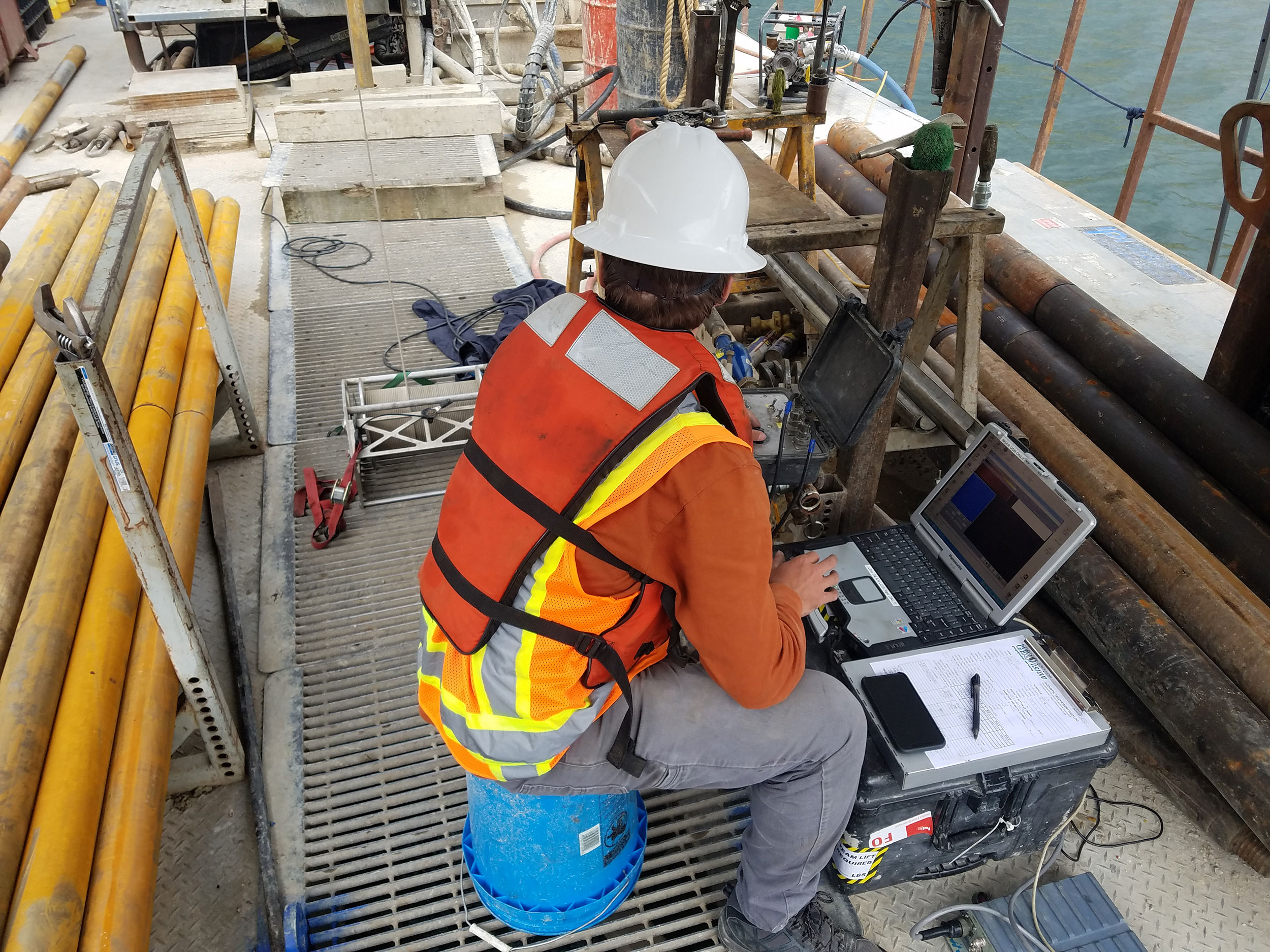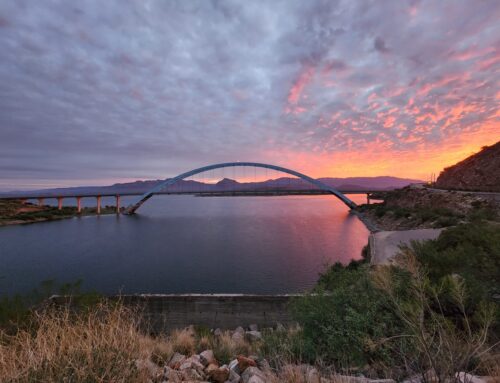
Over Water Geotechnical Drilling
Deer Creek Dam is located on the Provo River about 16 miles northeast of Provo, Utah. Built nearly 80 years ago, the dam intake and guard gates have reached the end of their useful life. Provo River Water Users Association (PRWUA) proposed an innovative design and construction solution to replace the intake and guard gates without draining the reservoir or interrupting water service to 1.5 million area residents. The project involves the design and construction of a new intake tower, access bridge and associated roadway.
Team Members
Black & Veatch
PRWUA
Crux Subsurface
Crux’s Role
Crux completed a geotechnical drilling program consisting of overwater borings, in-situ geophysical testing, field and laboratory testing, and slope mapping.
Twelve overwater borings were drilled in water depths ranging from 5 to 135 feet. Crux utilized a custom barge setup to access, mitigating the challenges associated with steep underwater slopes by installing a unique anchoring system. Two land anchors were installed into rock just above the water line on the steep side, and two concrete anchors were installed in the deep water on the opposite side of the barge. Borings were drilled to between 21 and 127 feet below the reservoir floor. Surveyors verified coordinates for these borings, which were used to populate an on-board system that could track the position of the barge relative to the boring location in real time. Geophysical and geotechnical in-situ field testing was performed in select boreholes, including acoustic/optical televiewer, caliper, P.S. wave, pressure testing, and packer testing.
Crux completed geologic mapping of the existing roadcut along US-189 adjacent to the reservoir, providing data to evaluate and design the road associated with the access bridge. At the conclusion of the project, Crux provided a detailed geotechnical data report, documenting the field investigation and laboratory testing activities. Detailed summaries of the drilling procedures, field logging methodologies, geophysical and geotechnical in-situ testing, laboratory test procedures and results, and slope mapping procedures were presented for the purposes preparing 100% Issued For Construction (IFC) design documents for the upgrades.
Project challenges included high winds during drilling, which resulted in rough, choppy water and hazardous conditions. Crux mitigated this by positioning the barge into the wind to create less drag and therefor, less pressure on the anchors. Additional challenges included strict containment of fuel/oil/drill fluids as the reservoir is heavily used for recreation and water supply.







